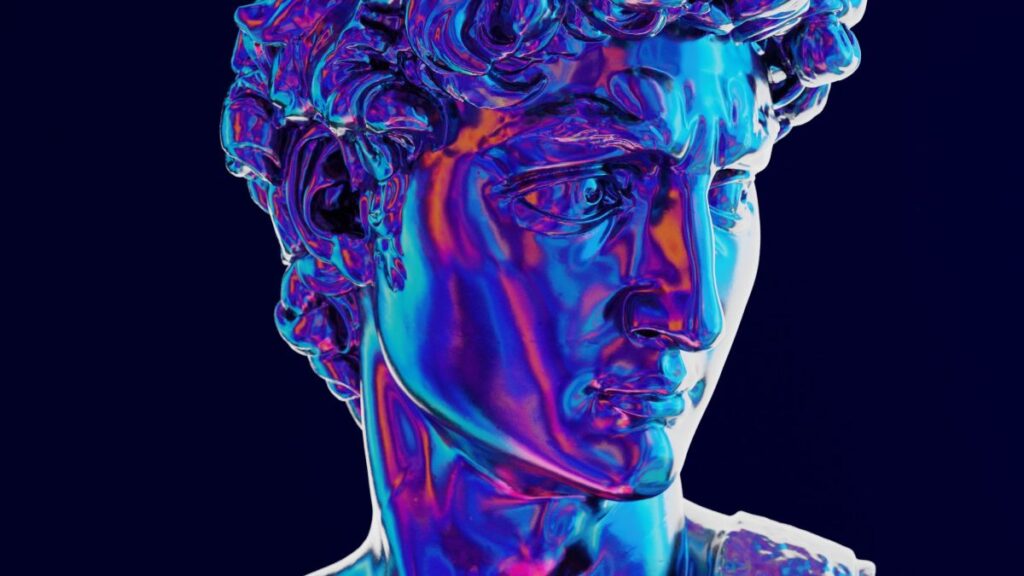Gaming has become a major source of innovation in the world of art, with stunning visual effects and immersive virtual reality experiences changing the face of art in exciting new ways. The evolution of graphics has been a key factor in this, with cutting-edge consoles like the Xbox Series X and PlayStation 5 featuring incredibly detailed graphics that rival those of Hollywood movies. Gaming has also become a source of inspiration for artists, with entire museums, galleries, and exhibitions dedicated to video game art, and game engines like Unreal Engine and Unity being used to create interactive installations and virtual reality experiences. The future of gaming and art looks bright, with endless possibilities for innovation and creativity.
From Pixel Art to VR: How Gaming is Changing the Face of Art
The world of gaming has come a long way from its early days of simple, blocky graphics and basic gameplay. As technology has advanced and gaming has become more sophisticated, it has also become a major source of innovation in the world of art. From stunning visual effects to immersive virtual reality experiences, gaming has been changing the face of art in exciting new ways.
The Evolution of Gaming Graphics
One of the most visible ways that gaming has impacted the world of art is through the evolution of graphics. In the early days of gaming, graphics were limited by the technology available at the time. The 8-bit and 16-bit graphics of classic arcade games and consoles like the Nintendo Entertainment System were simple and charming, but not particularly realistic or visually complex.
However, as technology has improved, so too have gaming graphics. Today’s video games, particularly those developed for cutting-edge consoles like the Xbox Series X and PlayStation 5, feature incredibly detailed graphics that rival those of Hollywood movies. The latest games use techniques like motion capture, photorealistic lighting, and advanced physics engines to create breathtaking visual experiences.
Gaming as a Source of Inspiration for Artists
While gaming has always had a close relationship with art, with games like Tetris and Pac-Man becoming cultural icons, it is only recently that gaming has begun to be recognized as a form of art in its own right. Many contemporary artists are finding inspiration in the graphics, storytelling, and immersive experiences that video games can provide. In fact, there are now entire museums, galleries, and exhibitions dedicated to video game art.
Artists are also using gaming as a tool for creating their own works. For example, game engines like Unreal Engine and Unity are being used by artists to create interactive installations and virtual reality experiences. These tools give artists the ability to create rich, immersive experiences that blur the lines between art and technology.
Gaming and Virtual Reality
Perhaps the most significant way that gaming is changing the face of art is through the development of virtual reality. VR has the potential to revolutionize art by allowing viewers to become fully immersed in a work, to interact with it in real time, and to experience it in ways that would be impossible through traditional mediums.
VR is already being used by artists to create groundbreaking installations and experiences. For example, artist Chris Milk’s “The Treachery of Sanctuary” uses VR to allow users to embody a bird, a shadow, and an angel, exploring themes of flight and freedom. Similarly, artist Rachel Rossin has created VR installations that explore the intersection of architecture and emotion.
The Future of Gaming and Art
The future of gaming and art is a bright one, with endless possibilities for innovation and creativity. As technology continues to improve and gaming becomes even more sophisticated, we can expect to see even more groundbreaking examples of video game artwork. Whether it’s through immersive virtual reality experiences, interactive installations, or stunning graphics, gaming is poised to continue changing the face of art for years to come.
In conclusion, gaming has come a long way since its early days of pixelated graphics and basic gameplay. Today, gaming is a source of inspiration for artists, a tool for creating immersive experiences, and a force for innovation in the world of art. As technology continues to improve, the possibilities for gaming and art are virtually limitless, and we can expect to see even more exciting developments in the years to come.
